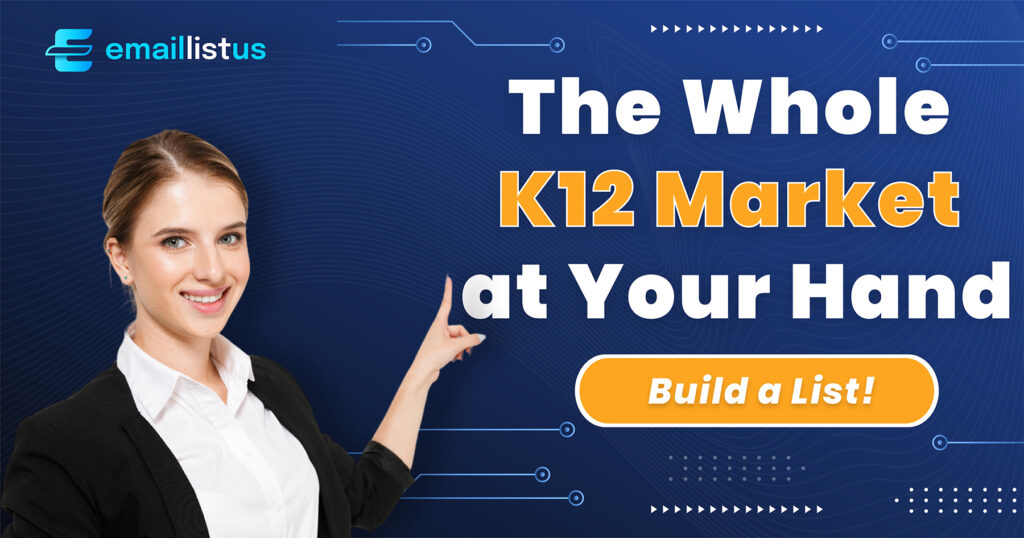For any company in the EdTech or K-12 services space, securing a meeting with a district superintendent can feel like a major victory. But it’s often the beginning of a complex and misunderstood journey. Too many sales pitches fall flat because they fail to grasp the intricate world a superintendent inhabits. A purchase decision is never just about the product; it’s a high-stakes calculation involving students, staff, politics, and public funds.
To become a trusted partner rather than just another vendor, you must understand the rigorous thought process that precedes a superintendent’s signature on a purchase order. It’s less of a simple checklist and more of a multi-phase gauntlet.
The Superintendent’s Crucible: More Than Just a CEO
Before diving into the purchasing process, it’s crucial to appreciate the superintendent’s unique position. They are the chief executive of a complex organization, but they are also a public servant, a political navigator, and the ultimate bearer of responsibility for the community’s children. They answer to a publicly elected school board, manage powerful unions, face constant media scrutiny, and are accountable to every parent and taxpayer in the district.
Every decision they make, especially a financial one, is viewed through this lens of immense public trust and accountability. A failed initiative isn’t just a business loss; it’s a potential board meeting firestorm, a negative headline, and a breach of that trust. This context of high stakes and risk aversion is the backdrop for every purchasing decision.
Phase 1: The Problem-Solution Fit & Strategic Alignment
A superintendent’s primary filter is not “What does this product do?” but “What core problem does this solve for my district?” Your flashy new software or service is irrelevant if it doesn’t directly address a pressing, data-backed need.
- Strategic Alignment: The first place a superintendent looks is their District Strategic Plan. This document is their north star. Does your solution help them move the needle on key performance indicators (KPIs) like third-grade literacy, graduation rates, chronic absenteeism, or teacher retention? If you haven’t read their strategic plan, you’re already behind. Your pitch must explicitly connect your product to their stated goals.
- Data-Driven Need: Superintendents are increasingly reliant on data, not anecdotes. They will ask for evidence that a problem exists at scale within their district. For example, if you sell a math intervention program, the superintendent will immediately consult their team for the latest math proficiency data. Be prepared to ask about their data and explain how your solution can impact those specific numbers.
- Root Cause Analysis: A savvy superintendent digs deeper than the surface-level problem. Is low reading achievement a result of a weak core curriculum, a lack of teacher training, or socioeconomic factors? A product that only addresses a symptom without tackling the root cause is seen as a temporary patch and a poor use of funds.
Phase 2: The Stakeholder Gauntlet
A superintendent rarely makes a significant purchasing decision in a vacuum. A “yes” is almost always a collective agreement forged through consultation with a wide array of stakeholders. Ignoring this internal network is a fatal mistake.
- The Cabinet: The Chief Academic Officer, Chief Financial Officer, Chief Technology Officer, and other cabinet-level leaders are the superintendent’s primary advisors. Each will vet your product from their unique perspective.
- Academics/Curriculum & Instruction (C&I): Is it pedagogically sound? Does it align with our instructional framework? Is it backed by research?
- Technology (IT): Is it secure? Is it interoperable with our existing systems (like our Student Information System, SIS, or Learning Management System, LMS)? What are the data privacy implications?
- Finance (CFO): What is the Total Cost of Ownership (TCO), not just the sticker price? What are the recurring costs for subscriptions, training, and maintenance? What funding source can we use (e.g., General Fund, Title I, grants)?
- Principals and Teachers: These are the end-users. Their buy-in is critical. A superintendent will almost always ask, “What do my principals and teachers think?” A product forced upon staff without their input is destined for “shelfware” status. Successful companies insist on pilot programs or teacher-led evaluation committees.
- The School Board: While the superintendent makes recommendations, the board often holds the final approval, especially for large expenditures. They are the guardians of taxpayer money and will question the Return on Investment (ROI)—not just financially, but in terms of student outcomes. The superintendent must be able to confidently defend the purchase to the board.
Phase 3: The Implementation and Support Reality Check
A brilliant product with a clumsy implementation plan is a non-starter. Superintendents have seen too many promising initiatives crumble due to a lack of planning for the “day after” the purchase.
- Professional Development (PD): This is non-negotiable. “How will you train my staff?” is a top question. A single “train-the-trainer” session is often insufficient. Superintendents look for partners who offer robust, ongoing, and job-embedded professional development and coaching. They want a plan, not just a promise.
- Technical Integration and Support: How easily does your product “talk” to the district’s existing tech ecosystem? A difficult integration process drains valuable time from the IT department. Furthermore, what does your customer support model look like? When a teacher has a problem at 8 AM, is there a real person they can call for help? Strong, responsive support is a major selling point.
Phase 4: The Evidence and Trust Factor
In a role where careers can be made or broken by a single major decision, superintendents rely on proof and trust to mitigate risk.
- Evidence of Efficacy: They need to see that your product works, preferably in a district like theirs. Case studies from demographically similar districts are far more powerful than generic testimonials. Peer-reviewed, independent research is the gold standard.
- Pilot Programs: Offering a well-structured pilot program is often the best way to build trust. It allows the district to test your product on a small scale, gather their own data, and get authentic feedback from their staff before making a district-wide commitment.
- The Power of the Network: Superintendents talk to each other. A recommendation from a trusted colleague in a neighboring district is often more valuable than the most polished marketing campaign. Your company’s reputation and your history of successful partnerships are constantly being discussed.
To succeed in the K-12 market, shift your mindset from selling a product to solving a problem. Be a partner who has done their homework, understands the political and pedagogical landscape, respects the importance of all stakeholders, and is prepared to support the district long after the contract is signed. The superintendent’s decision is a reflection of their commitment to their community—the companies that honor that commitment are the ones that will thrive.
Ensure your marketing efforts reach the heart of educational decision-making by connecting directly with school principals, superintendents, and other pivotal influencers. Our Build a List platform is your gateway to accurate, updated K12 data, providing exclusive access to over 1000 school and district personnel, including principals and superintendents, plus contacts from 500+ colleges and universities. Dive into our Build a List section now and begin forging invaluable connections with the leaders shaping the future of education.








